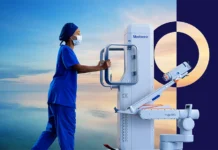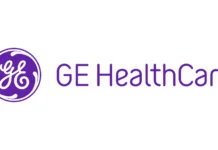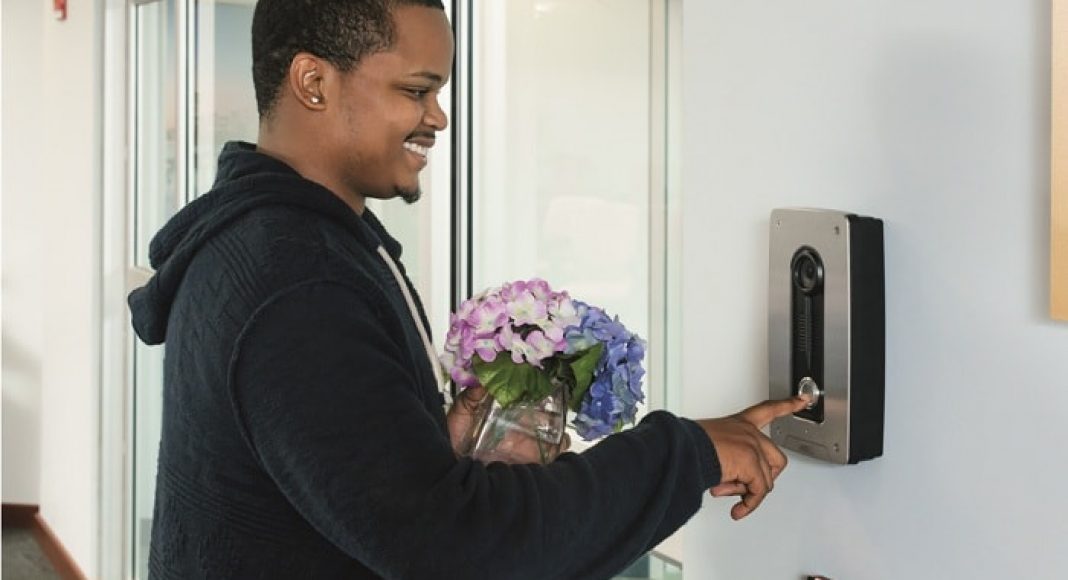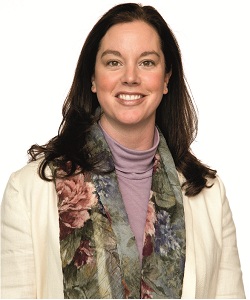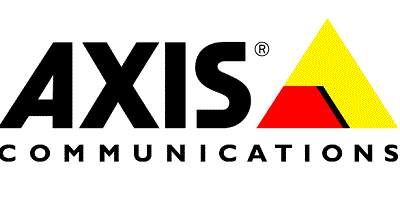Healthcare facilities are,by their very nature,open-door services. This permits anyone to enter the premises, whether for genuine medical reasons or not. Healthcare facilities therefore have to maintain a high level of security at entrances and throughout the buildings to monitor onsite activity.
However, many hospitals are subjected to tight budget restrictions.They need long term and cost effective integrated surveillance systems to help increase security and safety, for staff, patients and visitors, without large overheads. In this article we look at how integrated networked surveillance systems can help tackle security issues, as well as help healthcare facilities maximize their operational efficiency.
Preventing violence through smart technology
Healthcare facilities are faced with some unique factors when it comes to security and safety. People suffering from trauma, intoxication or mental health issues are not always conscious of their actions. Irrational and aggressive behavior from such patients poses a security threat, particularly when around sharp objects, such as scalpels and needles.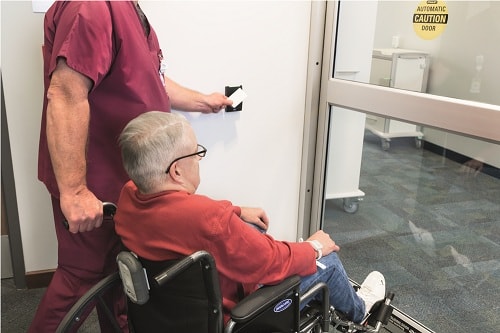 Surveillance systems can, through various sensors such as audio or video, help pick up dangerous behavior before incidents take place. Audio system, for example, can pick up screams or loud shouting which can trigger cameras to start recording. In doing so, security teams can intervene before anything gets out of hand.
Surveillance systems can, through various sensors such as audio or video, help pick up dangerous behavior before incidents take place. Audio system, for example, can pick up screams or loud shouting which can trigger cameras to start recording. In doing so, security teams can intervene before anything gets out of hand.
Certain areas are more prone to violence than others. Dark places, such as parking lots,can be hotbeds for criminal activity including car vandalism, break-ins, accidents and sometimes personal assault.Security and surveillance companies are offering more affordable low-light and thermal imaging cameras to help increase security in such areas. Furthermore, healthcare facilities can replace expensive security guard patrols with a single operator for multiple cameras to further reduce cost without affecting security.
Access control systems to prevent unauthorized individuals from breaching high value areas
Healthcare facilities are home to expensive items – from specialist hospital equipment to drugs and even other visitors’ belongings, which, on the street, could potentially fetcha lot of money through illegal trading.It is therefore important to limit, or at least monitor, access to such areas in order to prevent theft and the hospital from losing money.
One useful technology for hospitals is access control. Access control systems can be developed to include further safety protocols, from ID cards to face, voice and fingerprint recognition.Video can be set up to start recording when someone enters the room, which will support security and enable operators to make sure the person who enters is the person on the ID card. The footage could also be used in any further police investigation as evidence.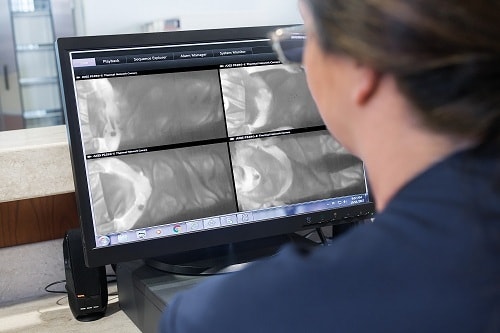 As well as preventing thefts, by being able to give or restrict access to certain individuals, healthcare facilities can control the flow of patients between areas. One case where such a safety system is useful is between main hospital wards and psychiatric wards. Patients suffering from mental health issues can, at times, become irate and act irrationally very quickly.This can pose a threat to other patients and staff, who are not properly trained.
As well as preventing thefts, by being able to give or restrict access to certain individuals, healthcare facilities can control the flow of patients between areas. One case where such a safety system is useful is between main hospital wards and psychiatric wards. Patients suffering from mental health issues can, at times, become irate and act irrationally very quickly.This can pose a threat to other patients and staff, who are not properly trained.
This is also applicable to cases where someone with dementia is restricted from leaving the hospital without supervision.It is important to make sure that vulnerable patients are not wanderingthe hospital unsupervised or in restricted areas.
Using network videoto support remote patient monitoring
Using video surveillance systems in patients’ rooms could replace patient sitters and other time-consuming tasks. In doing so, hospitals and healthcare facilities can use personnel more effectively, for a variety of tasks,on multiple patients. If using thermal cameras in this instance, the patients’ immediate privacy is not put at risk. Thermal cameras pick up heat signatures and therefore do not give a clear indication of who the person is, but, instead, where they are.
Cameras, whether thermal or not, can be embedded with analytics to improve fall detection. This is useful for older patients and those unstable on their feet, such as someone after surgery.Fall injuries are among the 20 most expensive medical conditions, due to many resulting in serious conditions such as broken bones and head injuries. Cameras can be installed with configurable cross line detection systems and detect when anything or anyone crosses predefined boundaries.If something does cross the boundaries, healthcare professionals monitoring the cameras will receive an alert and can decide whether further action is required.
In doing so, staff can offer their resources to help other patients instead of spending a lot of time in patients’ rooms making sure they haven’t fallen out of bed.When used in combination with other fall sensor technology, remote video monitoring can also improve home health care efficiency – prioritizing home visits for confirmed fall victims while eliminating unnecessary visits for false alarms.
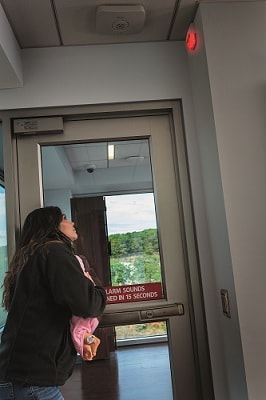 How modern security solutions can be used to increase operational efficiencies
How modern security solutions can be used to increase operational efficiencies
In an age where hospital budgets are squeezed, efficiency is key. Modern integrated surveillance systems provide more than just security. Devices can work with each other to deliver connected systems that help increase operational efficiency.
Real time location tracking devices can be attached to equipment, staff and patients to help track their location as they circulate through the facility. If, for example, a specialist doctor is needed for an emergency, the hospital could easily determine where the doctor can be found.By integrating this technology with access control, it is then possible to automatically open or close doors depending on an individual’s clearance.
This is especially useful in the NICU, where parents’ patient bracelets are “matched” to their child’s. In the event that an unrecognized person tried to remove the baby from the ward, doors with integrated access control would automatically lock, to prevent an infant mix-up or abduction. The event can also trigger video surveillance to record the incident and follow the perpetrator as he/she progresses through the hospital.
Technologycan help detect if rules are broken and avoid accidents. Some hospitals have special ‘one way’ systems in place in order to streamline access and emergency patient transport down some of the narrow corridors. By placing cameras that can detect people walking the wrong way, staff can be deployed or audio played to pre-empt any collisions happening. Take for example a patient who needs an operation rapidly. As the patient is rushed to surgery, medics could encounter people coming the other way,which would block the patient’s path and put the patient’s well being at risk.
Using technology to adapt to changing times
Providing a safe and secure environment to all who enter a healthcare facility is the utmost important and should be a priority for all hospitals. Technologies that used to be devoted to security systems, and bought on security budget, are now being bought under the medical technology budget for use in patient care.
With the global average age increasing, pressures on healthcare facilities will only follow. As a result, cost cutting methods while maintaining a high level of service delivery will be vital to continuation. By using added surveillance technologies for more than just security, healthcare facilities can help reduce expenditure, increase personal safety and operational efficiency.



